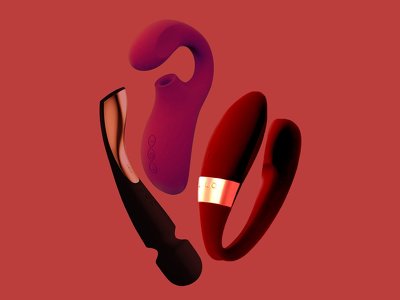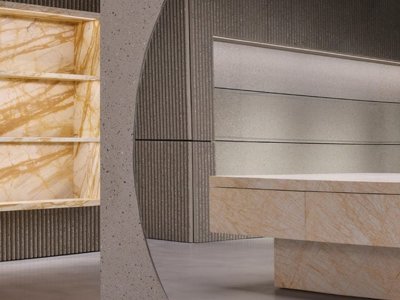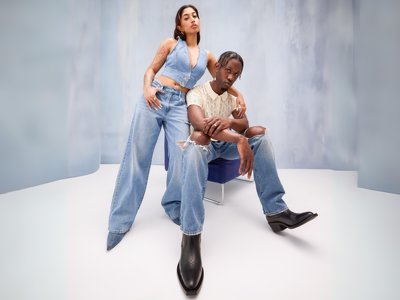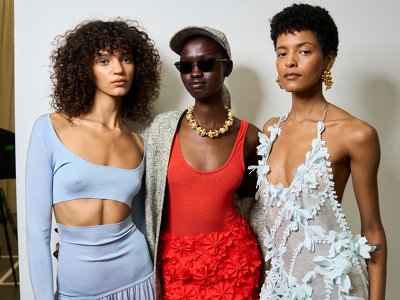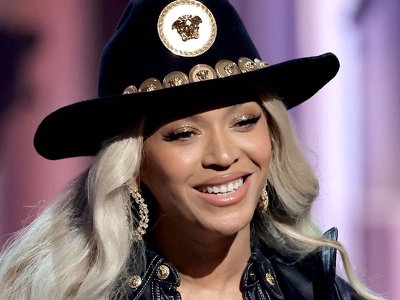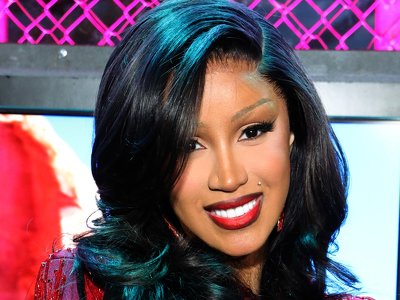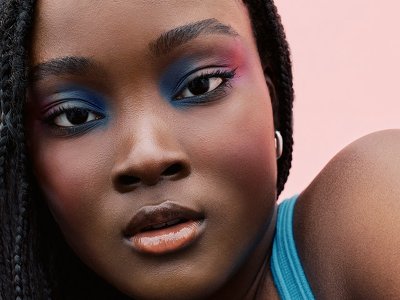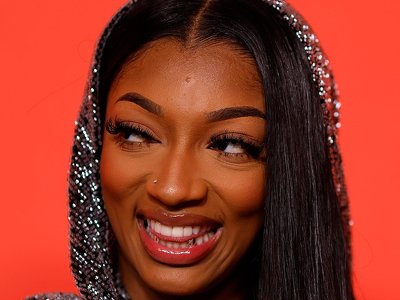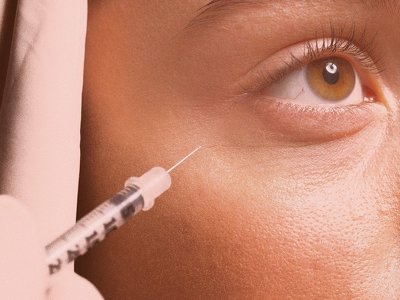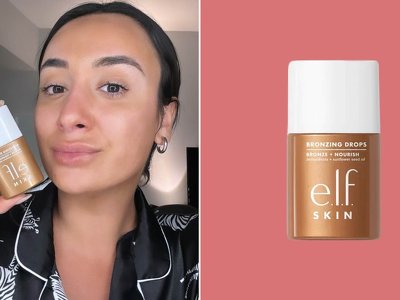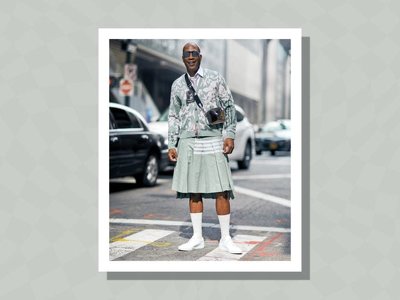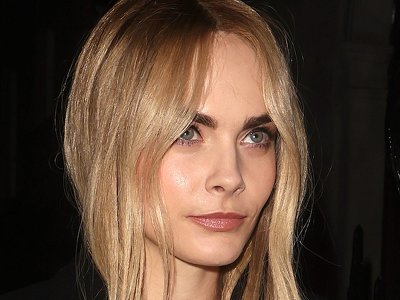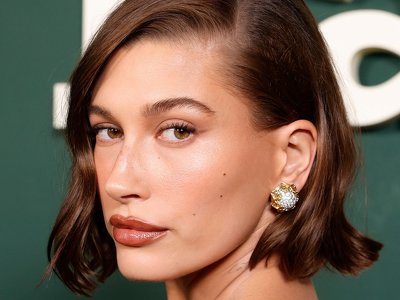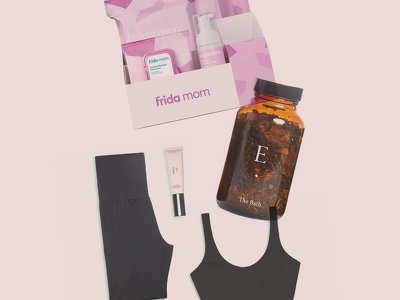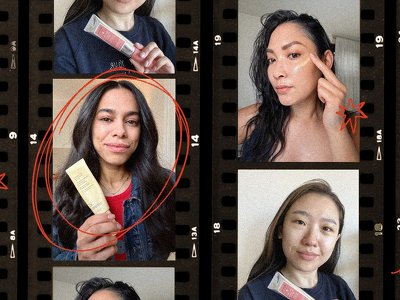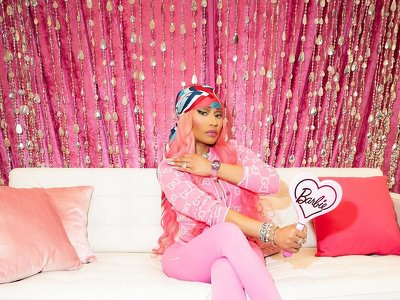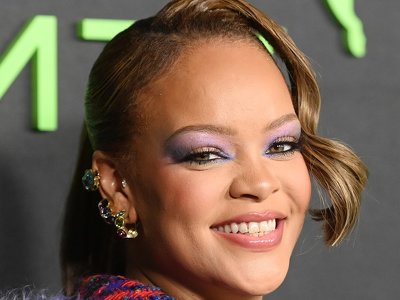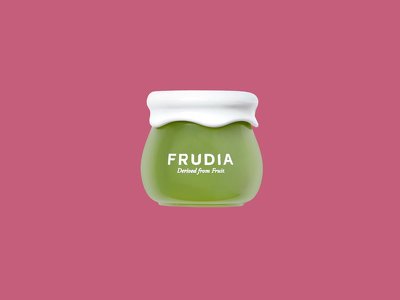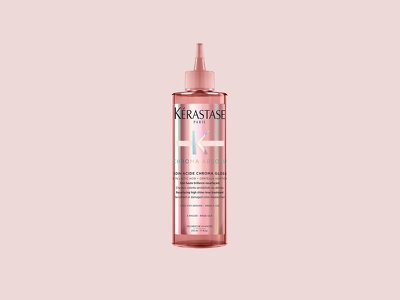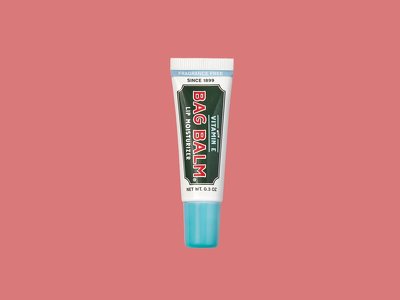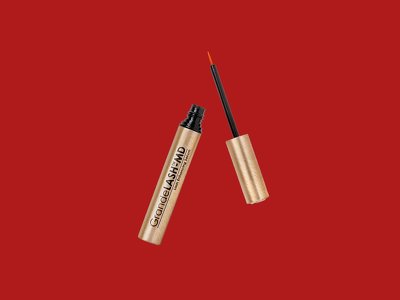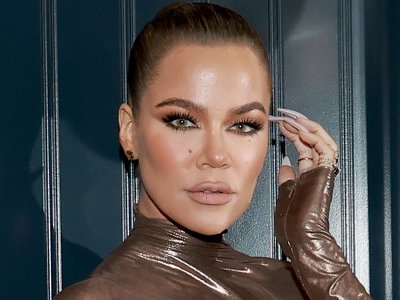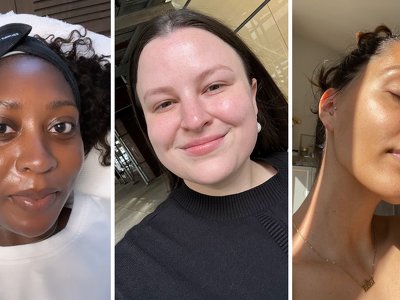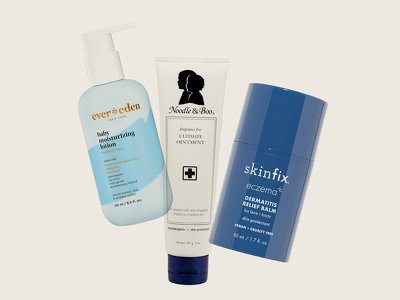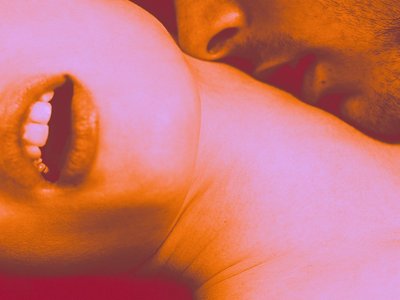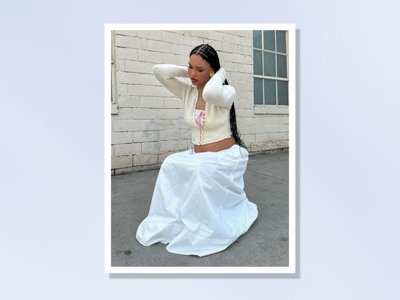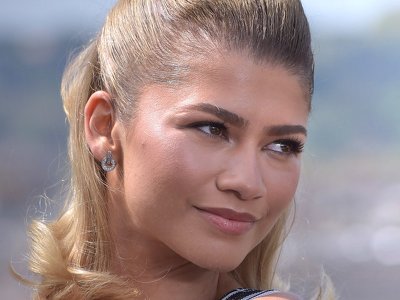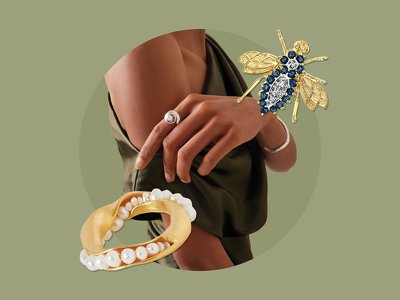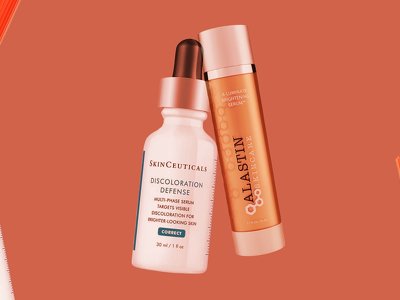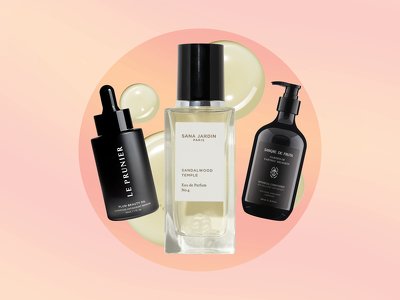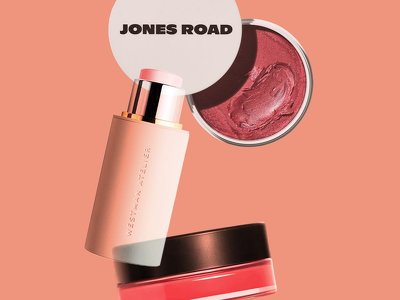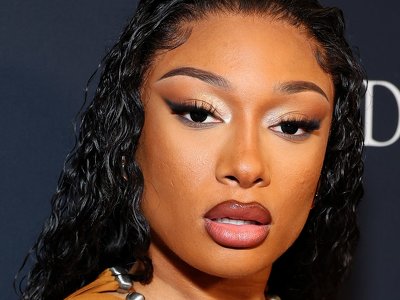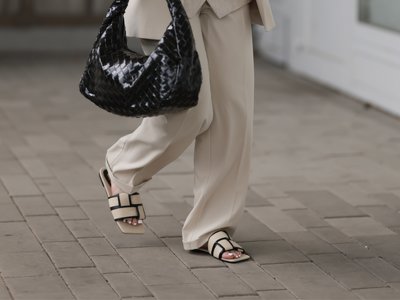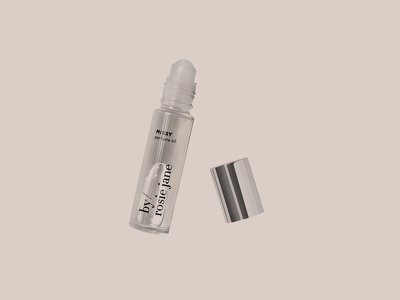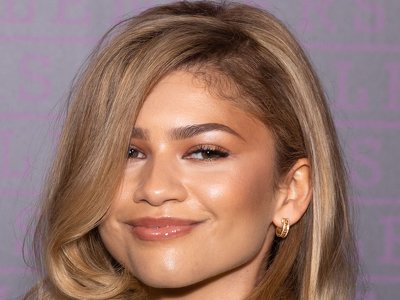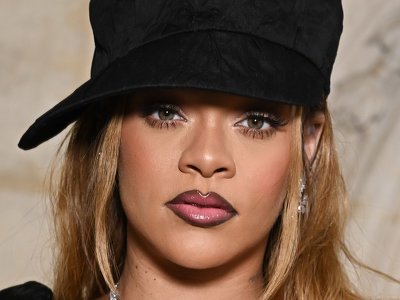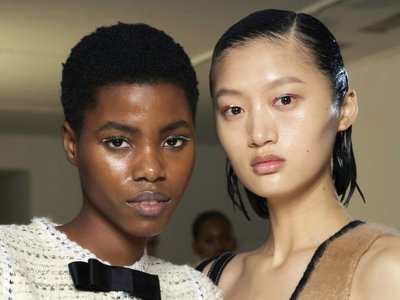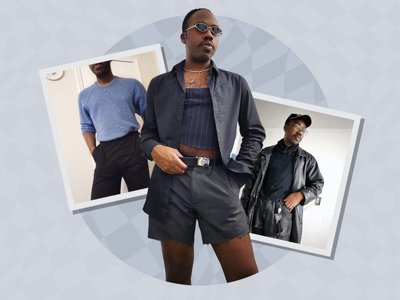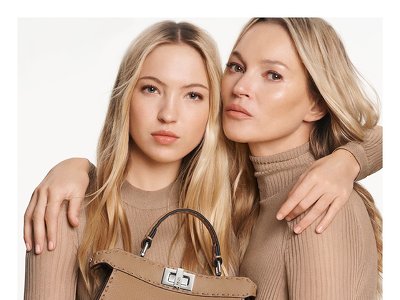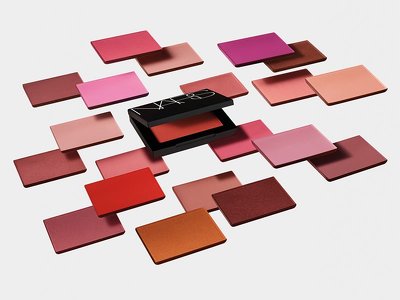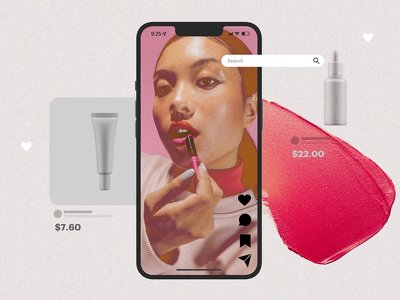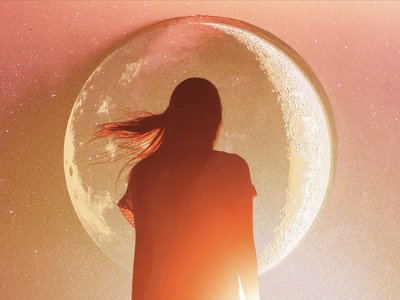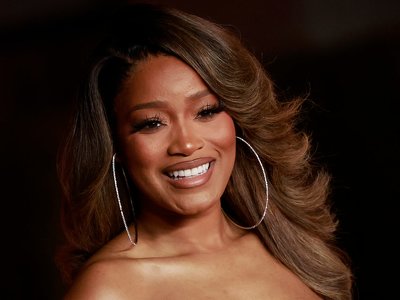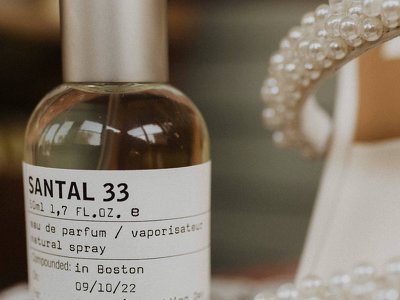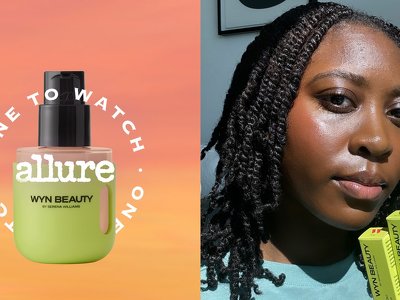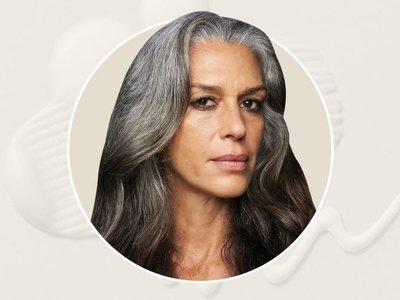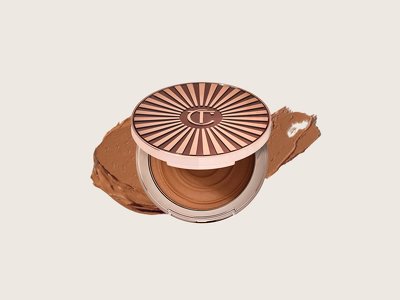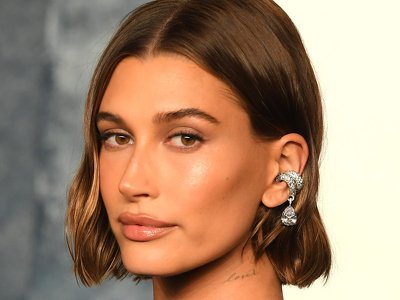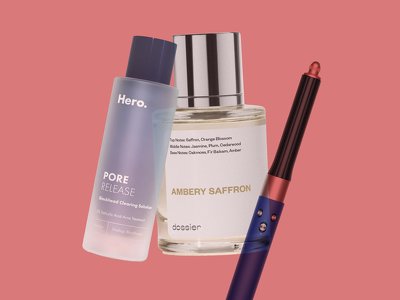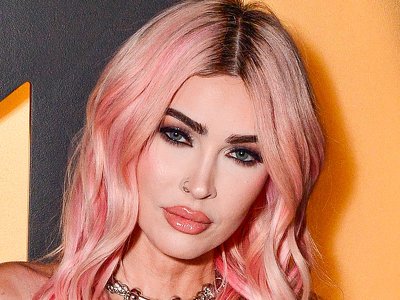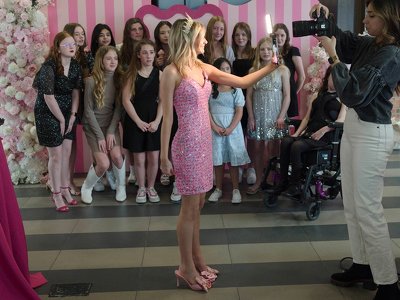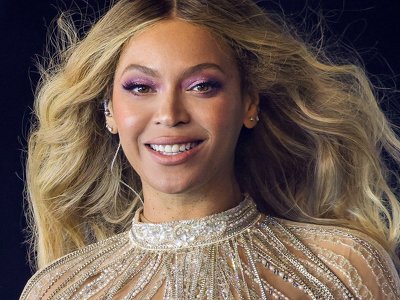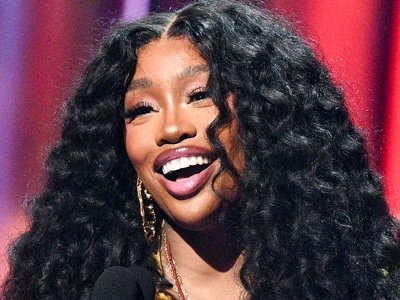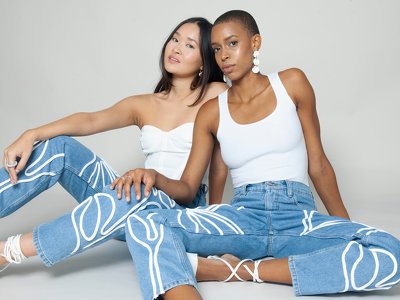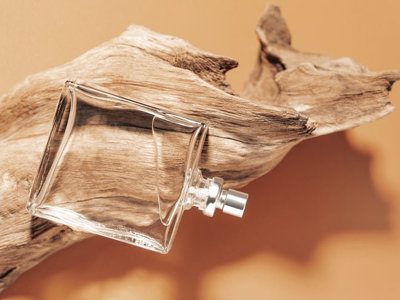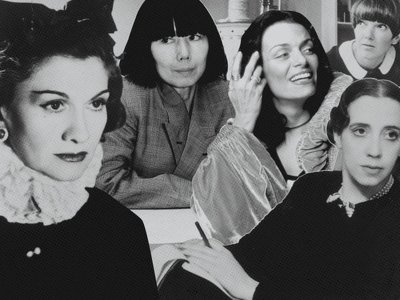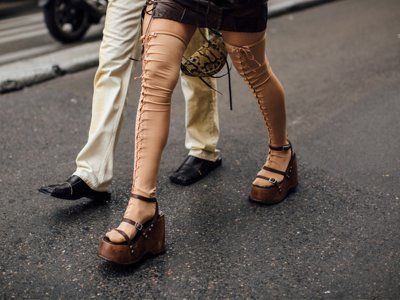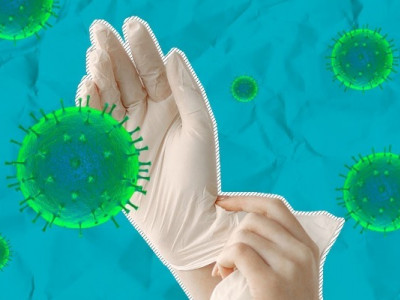Hair Loss Was Not on My Pregnancy Bingo Card

All products featured on Allure are independently selected by our editors. However, we may receive compensation from retailers and/or from purchases of products through these links.
It was 7 a.m. on a quiet Thursday when a familiar sensation—a gentle kick from my unborn child—prompted my usual morning trip to the bathroom. This walk had become routine after five months of being pregnant. With the rest of the household still asleep, I seized the rare opportunity for a peaceful shower and prepared for my day before waking my four-year-old for school. But as I stood in front of the bathroom mirror, combing through my freshly washed hair, I noticed something unusual: It seemed like more strands than normal were coming loose.
I initially took the shedding as a sign that I was overdue for a haircut and scheduled an appointment with my stylist, who promptly fit me in for a trim. However, a few weeks went by and the problem persisted. What I had initially dismissed as a fluke became reality: My hair was falling out.
The moment I realized I was losing my hair, at seven months pregnant.
The shedding and breakage were happening at different rates all over my head. My roots stayed relatively thick, I assume thanks to new growth tied to pregnancy-related hormones, but my mid-shafts and ends were disappearing. Frankly, this wasn’t on my pregnancy bingo card.
My first pregnancy was the dream experience folks talk about. My hair was thick and dense; it grew like weeds and was super shiny, barely shedding until six months postpartum. You know the kind of hair people fantasize about when they think of the pregnancy glow-up. According to Dina Strachan, MD, a board-certified dermatologist and the director of Aglow Dermatology in New York City, the common experience of growing thicker hair is all thanks to “a surge in hormones that lengthen the active growth phase of the hair follicle, leading to less shedding and fuller hair.” So you can imagine my confusion when my hair began to do the exact opposite.
Though it’s not spoken about as often as postpartum hair loss, hair loss during pregnancy is actually fairly common. It usually comes in the form of telogen effluvium, “a type of hair shedding that is associated with trauma from an underlying medical condition, stress, surgery, or nutritional deficiencies," says Dr. Strachan. Pregnancy is undoubtedly taxing on the body and mind (and more so my second time around, as I was running after a toddler and running a business). So it made sense that I was experiencing stress-induced hair loss, something the American Pregnancy Association says 40 to 50% of women go through during pregnancy.
I became adamant about understanding the source of my shedding so I could properly treat it. My first move was to schedule an appointment with my primary care doctor, who ran bloodwork to check for nutrient deficiencies. In the past, I've had iron deficiency and high cortisol levels, both of which can be associated with hair loss. My lab results revealed significant deficiencies in iron and vitamin D which she believed was the catalyst.
My hair before I started losing it.
"I consider the whole body systems, such as hormonal changes, nutritional deficiencies, stress, and medical conditions, to each play a role in hair growth, shedding, and scalp health," says Selena Ayala, a holistic integrative nutritionist in New York City, with whom I’ve sought care over the years. I promptly connected with her after my primary care provider confirmed my nutrient deficiencies so Ayala could help guide me on a path to treating my shedding holistically.
In addition to significantly low iron and vitamin D levels, my hepcidin levels were notably low, all of which my doctor believes was related to being pregnant. Hepcidin, a hormone produced by the liver, acts as the body's "iron regulator" by controlling the absorption of iron from the gut and the release of iron from storage in the body, which Ayala believes could have contributed to my hair loss. She told me that certain nutritional deficiencies, such as an iron deficiency, can also weaken hair structure. Vitamin D deficiency can affect follicle cycling (the natural cyclical process where hair follicles go through different stages of growth) and has the potential to “impact hair growth and shedding,” Dr. Strachan says.
By week 29 in my pregnancy, I was still experiencing hair loss, two months after first discovering it. I became obsessed with finding pregnancy-safe treatments to stop the shedding, but after visiting the dermatologist, I learned that the only true treatment available to me was, unfortunately, time. No magic potion will quickly fix the situation, especially when you’re pregnant, since many therapies that are proven to regrow hair could pose a risk for the fetus.
While I wasn’t just waiting around (I had made changes to my styling routine and addressed my iron and vitamin D deficiencies in hopes that doing so would support new hair growth), the reality is that the best course of action, according to Dr. Strachan, is to be patient. Whether you’re pregnant or experiencing a different type of stress, telogen effluvium usually resolves on its own without treatment.
More options start to open up once you’re postpartum, like red light therapy or Alma TED, which is a noninvasive treatment that uses ultrasound technology to stimulate hair growth and can be done safely while breastfeeding. Minoxidil is also a great option, but only if you’re not breastfeeding, as there isn't enough research to confirm that it's safe for the baby, says Dr. Strachan.
Knowing this, I had to accept my shedding hair and adjust my expectations. I’m not one to surrender and throw in the towel so easily so I made an appointment with my hairstylist Renée Gadar to cut a few inches off my hair, which gave it a fuller shape despite the thinning. I also reduced the amount of manipulation I was doing to my hair by putting it up less and doing fewer protective styles while opting for a minimal hair-care ritual. Rather than a 10-step routine, I simply used the Fable and Mane HoliRoots Hair Oil to moisturize my scalp, which reduced dryness and irritation. I also washed and conditioned my hair once a week with the Odele New Thickening Line, and deep conditioned after cleansing with the Briogeo Don’t Despair, Repair Mask. I completely cut out heat to avoid further damage.
One month after a haircut and two months postpartum, embracing my new minimalist routine.
I also continued taking a daily iron and vitamin D supplement prescribed by my primary care doctor, while making sure to eat enough protein and anti-inflammatory foods such as berries, nuts, fatty fish, mushrooms, and avocados. While hair loss is notoriously hard to treat, Ayala notes there is some evidence that eating a well-balanced diet with plenty of protein promotes hair health, which could lead to less loss and breakage.
After one and a half months of my new routine, as I was nearing the end of my pregnancy, I started to see positive changes. I experienced significantly less shedding, and my hair felt stronger, healthier, and more durable. Those minor adjustments gave me hope that my hair was responding well to the minimalist routine I had adopted and that the changes would continue as my pregnancy came to a close.
In the end, I realized it wasn’t just about regrowing my hair. It was about reclaiming a sense of control and letting go of the pressure to look a certain way, especially during a time when there’s already so much stress on the body.
When I was growing up, my grandmother often said, "Your hair is your beauty," a sentiment that is proverbial in the Black community. Whether we wear braids, twists, crochets, or embrace our natural curls and coils, our hair is a symbol of identity, strength, and ancestral connection. In many ways, my hair felt like my first baby—something I’ve learned to love, protect, and nurture.
Despite that pride, Black women tend to have a complicated relationship with our hair. Our textures are often scrutinized and criticized, used by society as a way to devalue us. From an early age, we’re conditioned to manage and “tame” its unique texture. Once I realized how absurd this all is, I worked hard during my early 20s to accept and embrace my natural hair. When I noticed how significant the shedding became with every washday during my pregnancy, it felt like all the effort and time I had spent learning to appreciate my hair in its authentic state was suddenly in vain. It made me doubt the importance of that process altogether.
It was more than my curls slipping away from me. This experience took me on an emotional roller coaster. It’s easy to forget that while pregnancy is celebrated, it also brings extreme physical changes to our body that can cause many types of pain. For Black women, these changes come with an additional layer of pressure to maintain a certain image that society deems acceptable. There’s an expectation to look put together all the time that our white counterparts don’t seem to have.
As I write this, I’m five months postpartum with another beautiful baby girl, and my hair looks healthier, stronger, and more lustrous. The process of regrowth wasn’t just about hair; it was about embracing the imperfections that come with this beautiful, challenging, and colorful experience. Looking back, I realize how much that experience taught me about self-acceptance. Pregnancy may change our bodies, but it doesn’t change who we are at our core. Even when my hair was shedding, I learned that I was still whole, still me, and that this phase, like pregnancy, was temporary.
Read more from The Melanin Edit's series on hair loss:
Your Favorite Protective Style Might Actually Be Causing Your Hair Loss
For Black Women, Traction Alopecia Costs Us More Than Our Hair
Everything You Should Know About Centrifugal Cicatricial Alopecia
I Built My Career on My Natural Hair. Now, It’s Falling Out.
New Hair Loss Treatments
- Last
- April, 28
-
- April, 27
-
- April, 26
-
-
- April, 25
-
- April, 22
-
-
-
-
- April, 16
-
-
-
-
-
- April, 15
-
-
-
- April, 13
-
-
News by day
5 of July 2025
